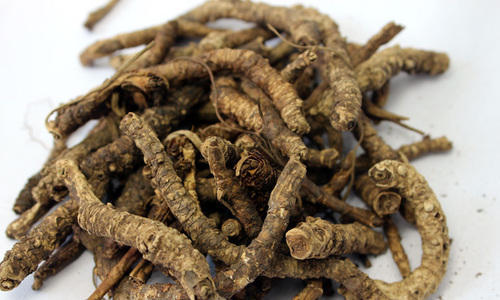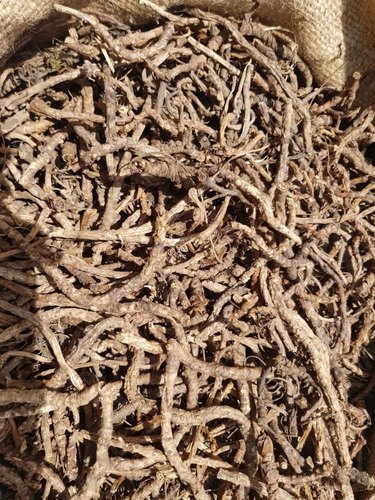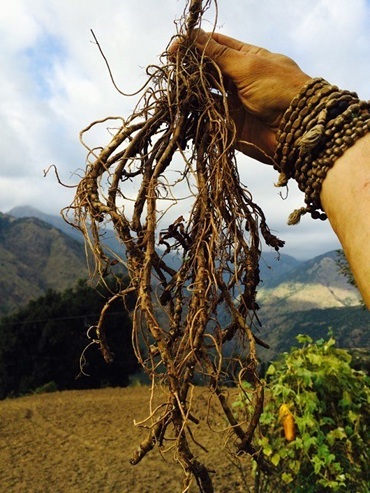



Picrorhiza Kurroa
Product Details:
- Product Type Herbal Medicine
- Treatments & Functions Herbal Medicine
- Physical Form Other
- Ingredients Natural Herbs
- Storage Instructions Packed in Jute Bags
- Click to View more
Picrorhiza Kurroa Price And Quantity
- 500 Kilograms
- 25 USD ($)/Kilograms
Picrorhiza Kurroa Product Specifications
- Herbal Medicine
- Packed in Jute Bags
- Other
- Herbal Medicine
- Natural Herbs
Picrorhiza Kurroa Trade Information
- Cash Advance (CA)
- 5000 Kilograms Per Week
- 1 Week
- Yes
- Free samples are available
- Jute Bags
- Yes Provide CITES Against Shipment
Product Description
Scientific name
Family Higher classification Picrorhiza
Order Lamiales
Kingdom Rank Habitat
It is found in the Himalayan region from India found. "It is found far away from the community and takes from hours to days to walk to its growing habitat. It has been reported that Picrorhiza has been harvested to near extinction.
- Leaves: 5-15 cm long leaves, almost all at the base, often withered. Leaves are coarsely toothed, narrowed to a winged stalk.
- Rhizomes of the plant are 15-25"cm long and woody.
- Flowers: small, pale or purplish blue, borne in cylindric spikes, spikes borne on almost leafless erect stems. Flowers about 8 mm, 5-lobed to the middle, and with much longer stamens.
- Fruits: 1.3 cm long.
- Chemistry: Chemical composition of Picrorhiza kurroa include Kutkin, a bitter glycoside which contains two C-9 iridoid glycosides-Picroside I and Kutakoside.
Conservation
In 1997, kutki was listed in appendix II of the [1] [5] [6] International Union for the Conservation of Nature Picrorhiza scrophulariiflora appears to be used heavily as a substitute for P. kurroa and is considered non-threatened by CITES.
The" Ayurvedic" medicine for the treatment of digestive problems. Other uses have been proposed (e.g. for asthma, liver damage, wound healing, vitiligo) but the medical evidence is not yet conclusive. It appears to be relatively safe based on its long history of traditional use. Kutki has hepato-protective properties and thus supports the liver and spleen. It is used in all forms of liver damage, cirrhosis and inflammation of the liver. It protects the liver against damage from the hepatitis C virus

 English
English Spanish
Spanish French
French German
German Italian
Italian Chinese (Simplified)
Chinese (Simplified) Japanese
Japanese Korean
Korean Arabic
Arabic Portuguese
Portuguese




